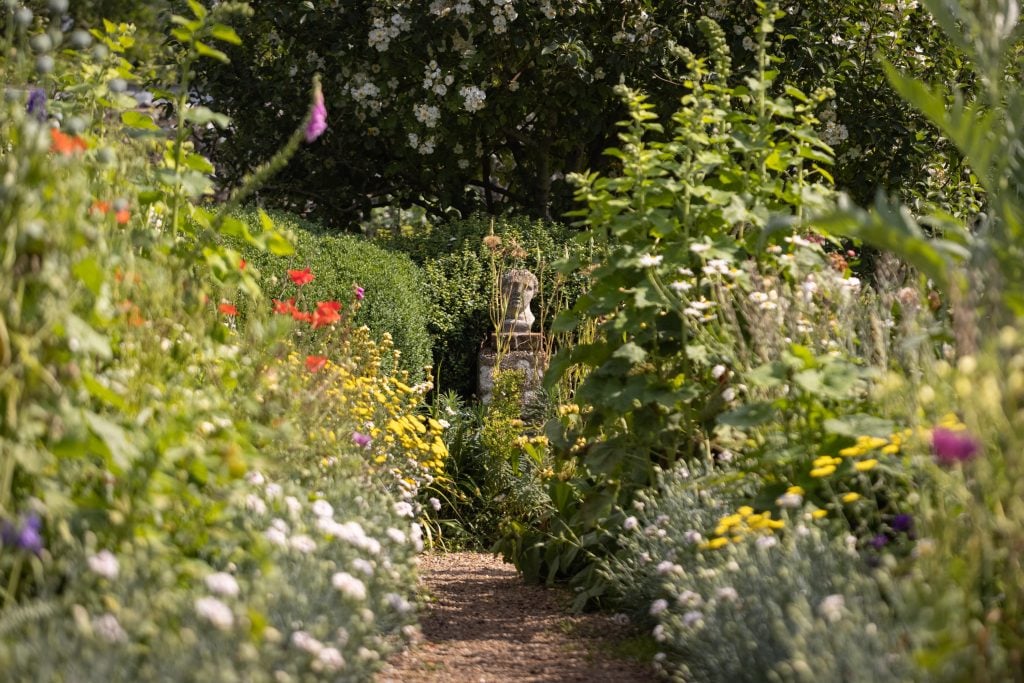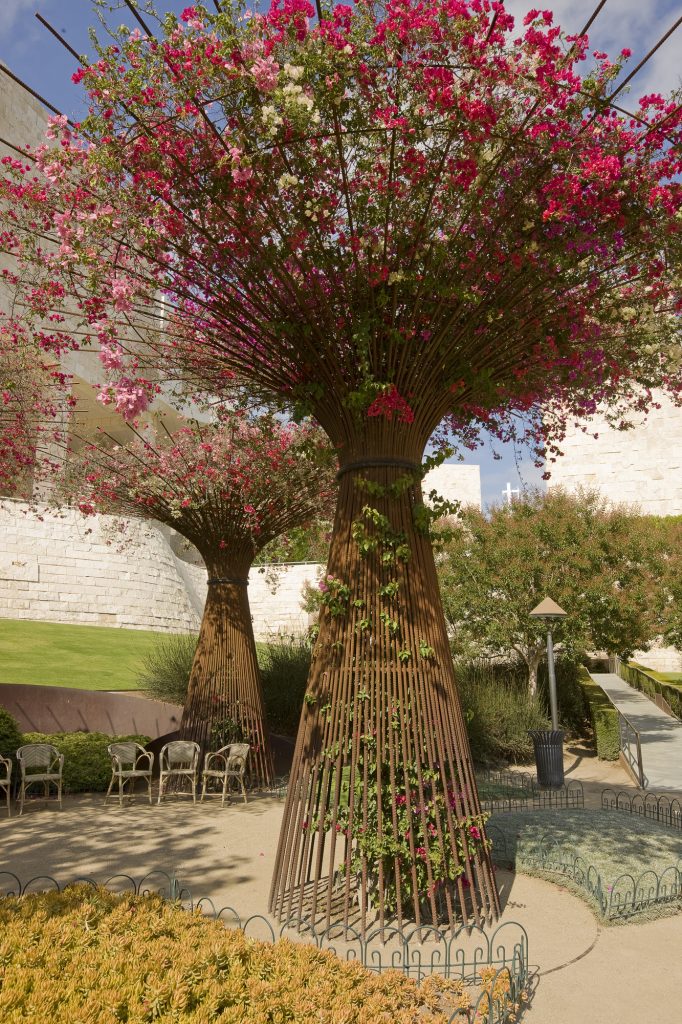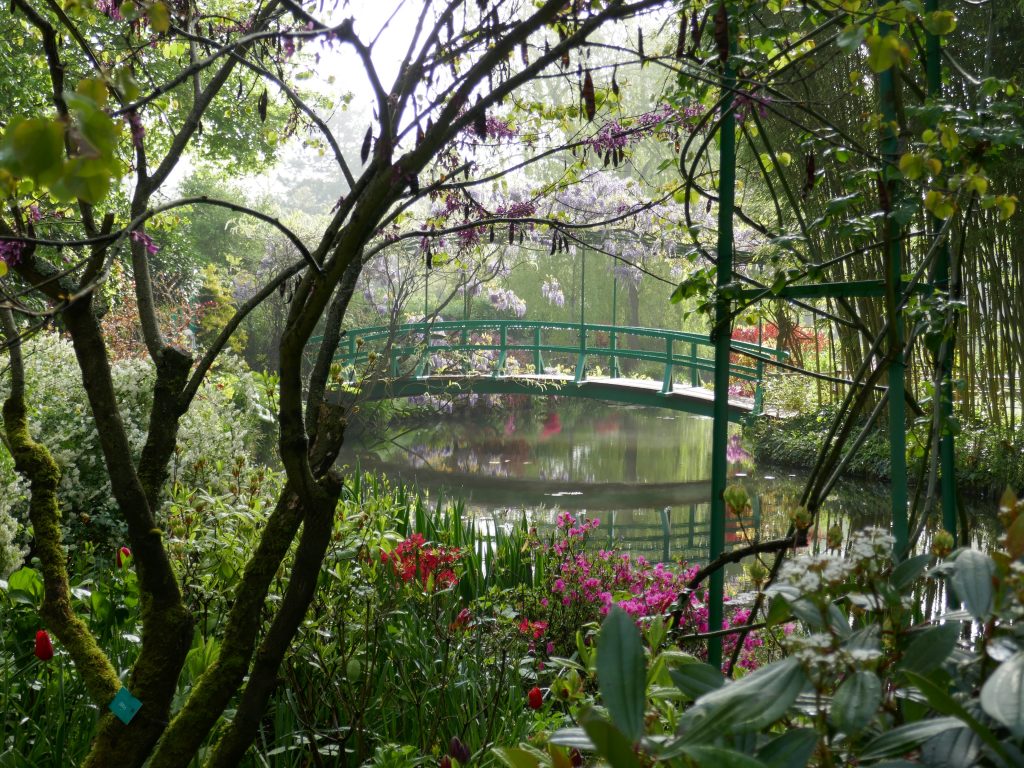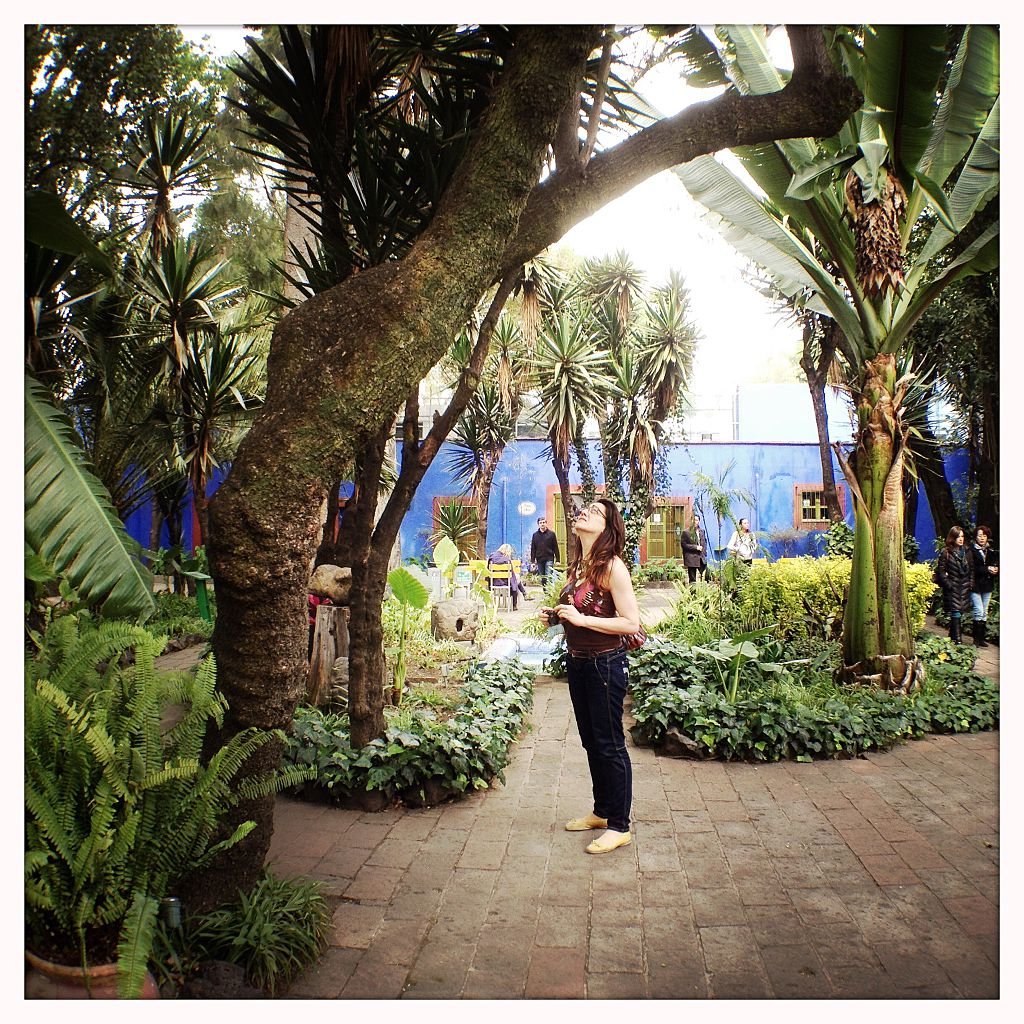Travel
Here Are 5 Extraordinary Gardens Designed by Artists With Green Thumbs, From Frida Kahlo to Robert Irwin
The inspiration you need, just in time for spring.

The inspiration you need, just in time for spring.

Artnet News

“I perhaps owe having become a painter to flowers,” Monet once said. He’s not alone. To whet your appetite for the spring season ahead, we’ve pulled together a list of five of our favorite gardens designed by artists. Cultivated by the likes of Frida Kahlo and members of the Bloomsbury Group, these living works of art offer a peek into the lives, minds, and inspirations of painters and sculptors beyond their studios.

Photo: James Ratchford.
In 1916, British painters Vanessa Bell and Duncan Grant moved into a house in England’s South Downs National Park that would become a gathering spot for the Bloomsbury Group, an influential set of avant-garde English intellectuals. The couple’s friend and fellow artist Roger Fry helped them cultivate a walled garden among the nearby fruit trees, where each year they would plant seeds for new flowers they wanted to paint (hint: they loved color). Hollyhocks, red-hot pokers, Iceland poppies, globe thistles, and at least 10 different types of roses still grow there today. The garden was fertile ground for all kinds of art-making: Grant crafted a mosaic floor outside their studio and configured a hydrangea planter from a plaster-cast torso. Behind the pond, you’ll find a nude by sculptor and Wedgewood designer John Skeaping.

Courtesy of the Getty Center.
While the Getty Center turns 25 this spring, its central garden is as fresh as ever. It was designed by American artist Robert Irwin—a key figure in the West Coast Light and Space movement—amid 86 landscaped acres. Sculpture terraces featuring works from Alexander Calder and Isamu Noguchi abut bougainvillea trellises and a stone waterfall cascading into a maze of azaleas. Irwin created the 134,000-square-foot garden as an intimate space within the larger, Richard Meier-architected site—or, as he said, as “sculpture in the form of a garden aspiring to be art.” With its 500-plus varieties of plant life (including blue irises, Redbuds, and Golden Celebration roses) selected to enhance the seasonally changing interplay of color and light, it is indeed a living work of art. Irwin’s ethos—which applies to architectural installations as much as to this garden—is stated on a stepping stone inscription: “Always changing, never twice the same.”

© Fondation Jardin Majorelle.
Nearly 100 years ago, French Orientalist painter Jacques Majorelle bought a large palm grove in Marrakech, where he later commissioned architect Paul Sinoir to build him an Art Deco studio. The walls, fittingly, were painted in an electric, patented “Majorelle Blue.” Over the course of four decades, Majorelle cultivated a lush garden on the property as a living artwork, complete with a sanctuary for endemic birds, a collection of rare plants from his travels around the globe, and fountains and cacti galore. After the artist’s death in 1962, Pierre Bergé and Yves Saint Laurent acquired and restored the site, opening a museum dedicated to Berber culture in Majorelle’s former studio. Jardin Majorelle is now part of the Fondation Pierre Bergé – Yves Saint Laurent; sitting beside the Musée Yves Saint Laurent Marrakech, the garden houses a memorial to the French couturier.

© Maison et Jardins Claude Monet Giverny – droits réservés.
As Claude Monet cultivated flower and water gardens outside his home in Normandy—diverting a branch of the River Epte to create ponds where he sowed water lilies flanked by willow trees—the gardens in turn helped cultivate his creativity. It was here that the father of French Impressionism was inspired to paint his famous “Water Lilies” series. Monet would invite friends, including the artists Auguste Rodin and Pierre-Auguste Renoir, as well as the collector Kojiro Matsukata, to take in his ever-changing spectacle of blooms. Together, they would stroll along the central, nasturtium-strewn path beside “paint box” flower beds and gaze at the water garden from the Japanese-style bridge adorned with wisteria. As Monet wrote to the art critic Gustave Geffroy in June 1890, “I am again trying to capture those things that are impossible to capture.” The gardens reopen for the season on April 1, with a pink explosion of wild apple and cherry tree blossoms.

Photo: Daniel Sambraus / Contributor via Getty Images.
For most of her life, Frida Kahlo had her home as well as her studio in Mexico City, at Casa Azul. So named for the color of its walls, the Blue House was made all the more striking by the lush greenery directly outside—a palm-shaded oasis of prickly pear cacti, canna lilies, and colorful indigenous Mexican plant life that Kahlo tended herself, inspiring her artworks as well as her crowns of bougainvillea. Archival imagery shows Kahlo relaxing in the garden, surrounded by native flora and fauna (pet monkeys and parrots; orange and pomegranate trees).